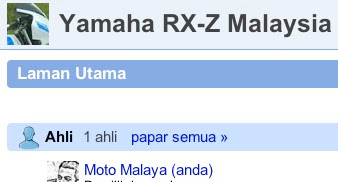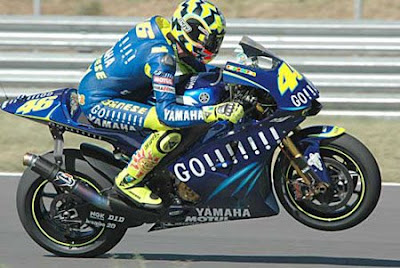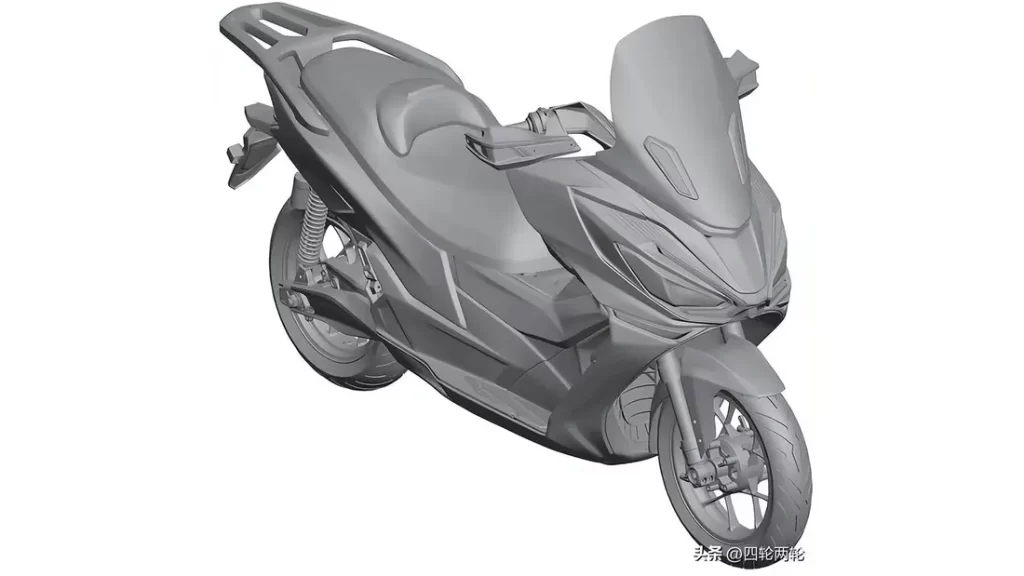 Why do you need to use racing chamber exhaust?
Why do you need to use racing chamber exhaust?
The basic idea behind an expansion chamber is to use the momentum and pressure of the exhaust gases to create a pump that squeezes more air and fuel into the cylinder during the intake stroke. It does the same sort of thing that a turbocharger does, but it does it without moving parts.
If you have read How Two-stroke Engines Work, then you know that the exhaust and intake parts of the cycle overlap. As the piston moves down, it uncovers the exhaust port first to let most of the exhaust out. Then it opens the intake port to let fuel/oil/air in. With a correctly-tuned expansion chamber in place, two things happen to help the intake process:
- As the exhaust gases expand into the expansion chamber, they create a vacuum at the exhaust port. This vacuum pulls fuel/oil/air into the cylinder.
- As the shock wave of the exhaust pulse hits the end of the expansion chamber, it echoes back, pushing any fuel/oil/air that got pulled through the exhaust port back into the cylinder. This page has a nice graphic that describes the process.
By pulling extra fuel/oil/air through the cylinder and then pushing it back in, the expansion port has the effect of stuffing more fuel/oil/air into the cylinder on each stroke. This gives the engine extra power in the same way that a turbocharger does.
Here are some interesting links:
- How Two-stroke Engines Work
- How Turbochargers Work
- Building your own racing Expansion Chambers
- Exhaust Pipe “Theory”
- Tuned Pipes




















